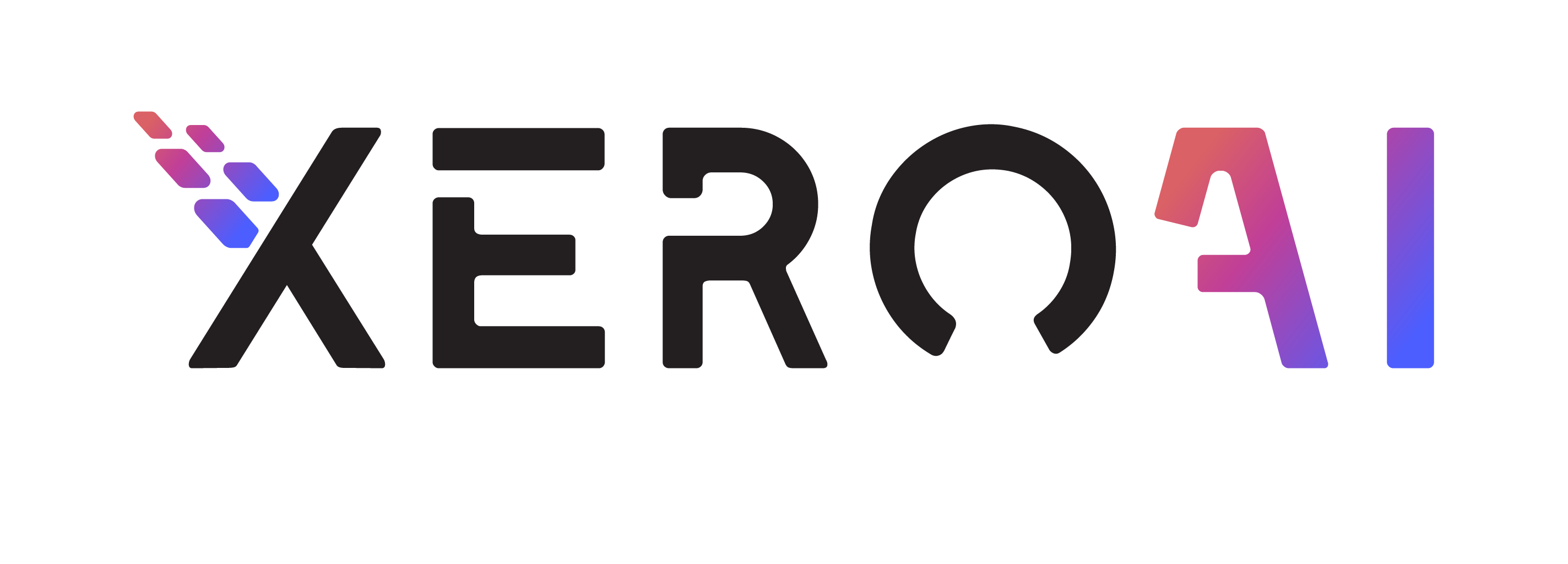Industries
Fruit Orchard Yield Assessment Using Deep Learning
Introduction
Agriculture technology, often referred to as AgTech, encompasses a wide range of technologies and innovations designed to improve the efficiency, productivity, and sustainability of agricultural practices. These technologies include everything from precision farming equipment and automated irrigation systems to drones and artificial intelligence (AI). Fruit orchard yield assessment is a critical task for growers, fruit traders, and agricultural researchers. It helps in planning the harvest, managing the supply chain, and predicting market prices. A common research topic in the field of agriculture is yield estimation in the commercial cultivation of different species of fruit trees.
Traditional methods of yield assessment are labor-intensive and often inaccurate of rough estimation which can vary from person to person. However, with the advent of AI, Computer Vision and Deep Learning, it is now possible to automate this process with higher accuracy and efficiency. In this blog, we will discuss how to utilize state-of-the-art AI models fruit yield assessment.
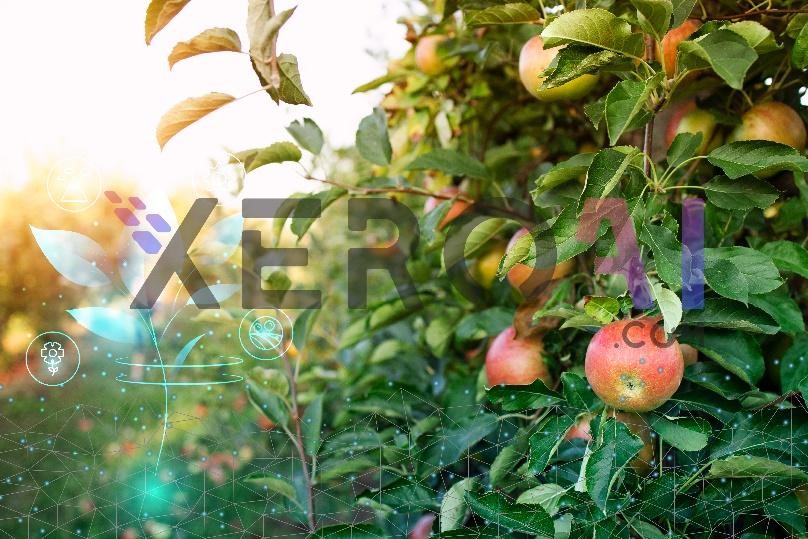
Figure 1 : Apple Fruit Orchard Assessment
What is Agriculture Technology (AgriTech)?
Agriculture technology (AgriTech) is the use of various technological innovations to make farming more efficient, automate, cost-effective, productive, and sustainable. This includes the use of autonomous or semi-autonomous robots, drones and AI based softwares for automation. AgriTech systems are made up of combination of different hardware like robots and dornes, and different AI based models such as robots navigation, auto-control, self-driving, object detection, image analysis, disease or state prediction. Agricultural robots, also known as agribots or agri-robots, have the potential to revolutionize the farming industry by performing a wide range of tasks. Some of the different works that agricultural AI systems, robots and drones can perform include:
- Planting: Robots can plant seeds with precision and consistency, ensuring optimal spacing and planting depth.
- Weeding: Agricultural robots equipped with AI cameras and sensors can identify and remove weeds and unnecessary without the need for herbicides.
- Harvesting: Robots with a moving robotic-arm and AI cameras can harvest crops such as fruits, vegetables, and grains, reducing the labor-intensive nature of harvesting and potentially improving yield.
- Pruning and Trimming: Robots can prune and trim plants to promote healthy growth and improve fruit production.
- Fertilizing: Automated robot and drone systems can apply fertilizers and nutrients to crops in a precise and controlled manner.
- Monitoring and Surveillance: Drones and ground-based robots equipped with cameras and sensors can monitor crop health, detect diseases, and assess overall field conditions.
- Irrigation: Robots can efficiently manage irrigation systems, ensuring that crops receive the right amount of water.
- Fruit Orchard Yield Assessment:
- Sorting and Grading: Intelligent robotic-arm can sort and grade harvested produce based on size, color, and quality.
- Pest Control: Robots can help manage pest populations through the targeted application of pesticides or biological control methods.
- Transport and Logistics: Autonomous vehicles can transport harvested crops from the field to storage or processing facilities.
- Greenhouse Management: Robots can assist in managing controlled environment agriculture in greenhouses, including tasks like temperature control and pollination.
- Disease Detection: Some robots are designed to identify and remove plants affected by diseases to prevent further spread.
- Autonomous Tractors: Self-driving tractors and equipment can perform various tasks in the field, including plowing, tilling, and seeding.
- Crop Load Prediction: AI-powered robots can predict crop yields and help with harvest planning.
- Post-Harvest Processing: Robots can assist in processing harvested crops, such as sorting, washing, and packaging.
- Crop Pollination: Autonomous drones or robots can be used for pollination in situations where natural pollinators are scarce.
These are just a few examples of the diverse tasks that agricultural AI systems and robots can perform. Their adoption continues to grow as technology advances and as the agriculture industry seeks more efficient and sustainable methods of farming.
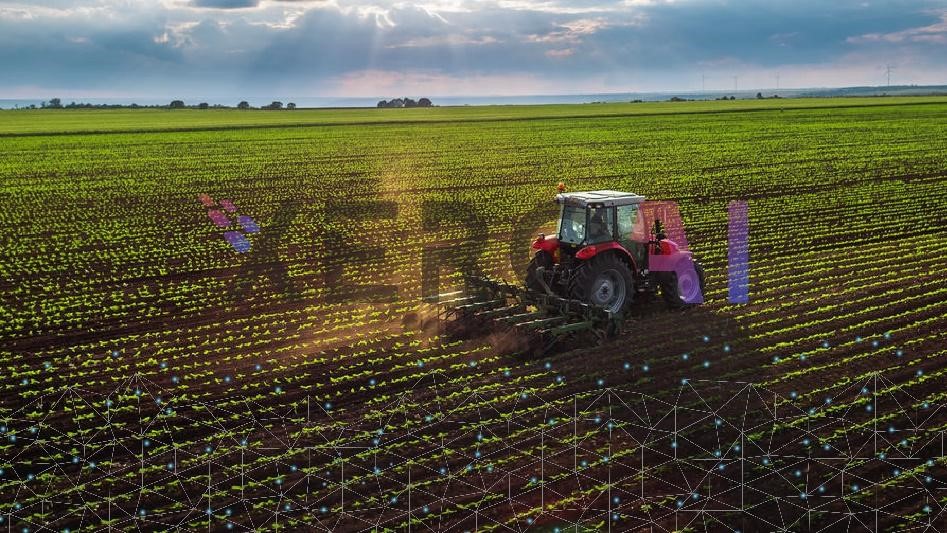
Figure 2 : Agriculture Technology (AgTech)
AgriTech for Fruit Orchard Yield Assessment
Fruit orchard yield assessment refers to the process of determining the quantity and quality of fruit produced by fruit-bearing trees in an orchard. It involves measuring and estimating the amount of fruit that is ready for harvest or has already been harvested from the trees. The primary goal of fruit orchard yield assessment is to provide accurate and timely information to farmers and growers about the expected or actual fruit production from their orchards.
Key aspects of fruit orchard yield assessment include:
- Quantity Estimation: This involves counting the number of fruits produced by each tree in the orchard. The total count is used to determine the overall yield. Various methods can be used for counting, including manual counting, automated counting using AI technology like machine learning, deep learning, Image processing and computer vision, and statistical sampling.
- Quality Assessment: Beyond quantity, the assessment also considers the quality of the fruit. This includes evaluating factors such as size, color, ripeness, and freedom from defects or diseases. Quality assessment is essential for grading the fruit and determining its market value.
- Tracking Growth Progression: By conducting assessments at specific intervals (e.g., weekly or biweekly), growers can track the progression of fruit growth over time. This allows them to observe how fruit size, color, and other characteristics change as they mature.
- Determining Growth Rates: Periodic assessments provide data points that allow growers to calculate growth rates. By measuring the change in size or weight of fruit between assessments, growers can estimate the rate at which the fruit is growing. This information is valuable for predicting when the fruit will reach optimal size for harvest.
- Assessing Fruit Ripeness: Fruit assessments can help determine the stage of ripeness. Changes in color, firmness, and sugar content can be monitored over time to identify when the fruit is ready for harvest. This helps prevent premature harvesting or allowing fruit to overripen.
- Identifying Abnormalities: Regular assessments allow growers to detect and address issues such as pest infestations, diseases, or physical damage early in the growing season. Timely intervention can help mitigate potential losses.
- Variability Analysis: Periodic assessments can reveal variability in fruit growth within an orchard. Identifying areas or trees with faster or slower growth rates can guide targeted management strategies and potentially improve overall orchard productivity.
- Periodic Assessment: Yield assessment can be done at different stages of fruit development, including pre-harvest and post-harvest assessments. Pre-harvest assessments help farmers plan their harvest activities, while post-harvest assessments provide data on the actual yield.
- Monitoring Trends: Over time, farmers may conduct yield assessments regularly to monitor production trends, understand the impact of agricultural practices, and plan for future seasons. Long-term data can be valuable for making informed decisions about orchard management.
- Data Integration: The data collected during yield assessments may be integrated with other agricultural data, such as weather data and soil information, to gain insights into the factors affecting fruit production.
Benefits of Fruit Orchard Yield Assessment
AgTech plays a vital role in modern farming practices. It provides a means of enhancing the efficacy and accuracy of fruit orchard yield assessment, leading to better decision-making, and improved sustainability. AgTech will likely be used in even more cutting-edge ways in the agricultural sector as technology develops. Fruit orchard yield assessment is of significant importance in agriculture for several reasons:
- Optimizing Harvest Planning: Accurate yield assessment helps farmers plan their harvest activities more effectively, ensuring that the right resources and labor are allocated at the appropriate time.
- Resource Management: Knowing the expected yield enables farmers to manage resources such as labor, machinery, and storage facilities efficiently.
- Crop Insurance: Accurate yield data can be essential for crop insurance purposes, helping farmers obtain the appropriate coverage and compensation in case of unforeseen events.
- Market Predictions: It aids in predicting market supply, which can influence pricing decisions and marketing strategies.
- Sustainability: By understanding yield trends, farmers can make informed decisions about sustainable agricultural practices, such as optimizing water and nutrient usage.
Our State-of-the-art AI Model for Fruit Orchard Yield Assessment
State-of-the-art AI models for fruit orchard yield assessment leverage advanced artificial intelligence (AI) and computer vision techniques to accurately and efficiently estimate the quantity and quality of fruit produced in orchards. Deep learning and computer vision object detection techniques can play a crucial role in fruit detection and analysis. Our yield assessment model has following development process.
- Data Collection: Data collection for fruit yield estimation involves gathering information about the quantity and quality of fruit produced in a fruit orchard. Gathered image are annoarted for the training of fruit detection detection and analysis model.
- Fruit Detection: State-of-the-art object detector, Yolov8, is trained for fruit detection. After the training, pruning and de can identify and locate individual fruits in images. These models are trained on labeled datasets to recognize different fruit types and their ripeness.
- Model Optimization: Pruning and quantization are techniques used to optimize and compact the trained model to deploy the model on in resource-constrained environments, including edge devices, mobile devices, embedding systems or systems with limited computational resources.
- Fruit Detection and Counting: Counted the number of bounding boxes detected in each image corresponds to one detected fruit. Our Yolov8 takes the live video stream and perform detection and counting simultaneously.
- Yield Calculation: Once the count and estimation are done for multiple parts of the orchard, the data is aggregated to calculate the total yield. This yield estimation can be performed on a per-tree or per-plot basis, depending on the desired level of granularity.
- Real-Time Monitoring: With the use of real-time image capture and analysis, farmers can compare the yield within different parts and trees.
- Data Integration: The yield assessment data can be integrated into farm management software systems, providing farmers with a comprehensive view of their orchard’s productivity and helping them make data-driven decisions.
By automating the yield assessment process with deep learning and computer vision, farmers can save time, reduce labor costs, and improve the accuracy of their yield estimates.
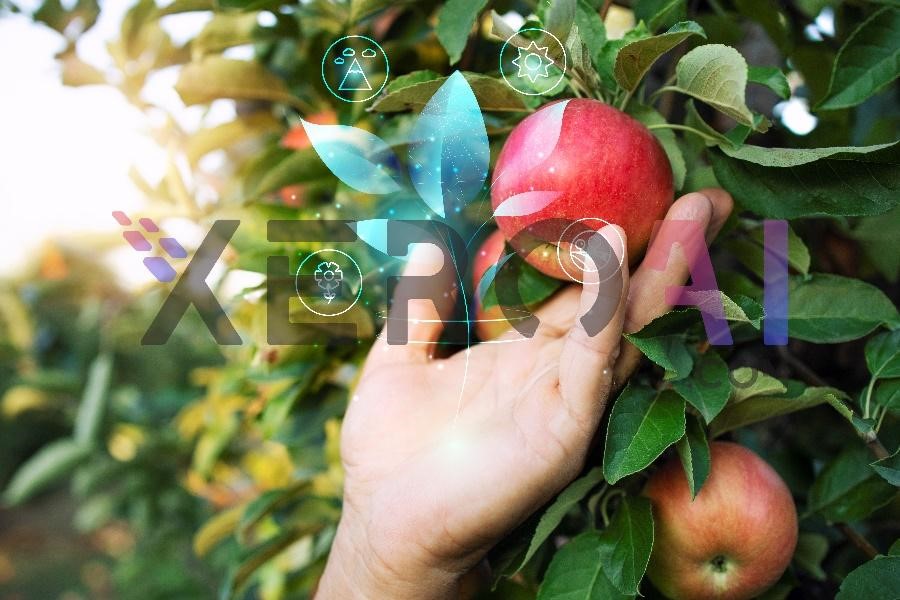
Figure 3: AgTech for Fruit Yield Assessment
Development Process for Fruit Orchard Yield Assessment Model
Real-time and accurate fruit orchard yield assessment is a critical task for farmers, agronomists, and agricultural researchers. Traditional methods of yield assessment are labor-intensive and often inaccurate. However, with the advent of technology, it is now possible to automate this process with higher accuracy and efficiency. Here are some of the most promising real-time fruit orchard yield assessment methods:
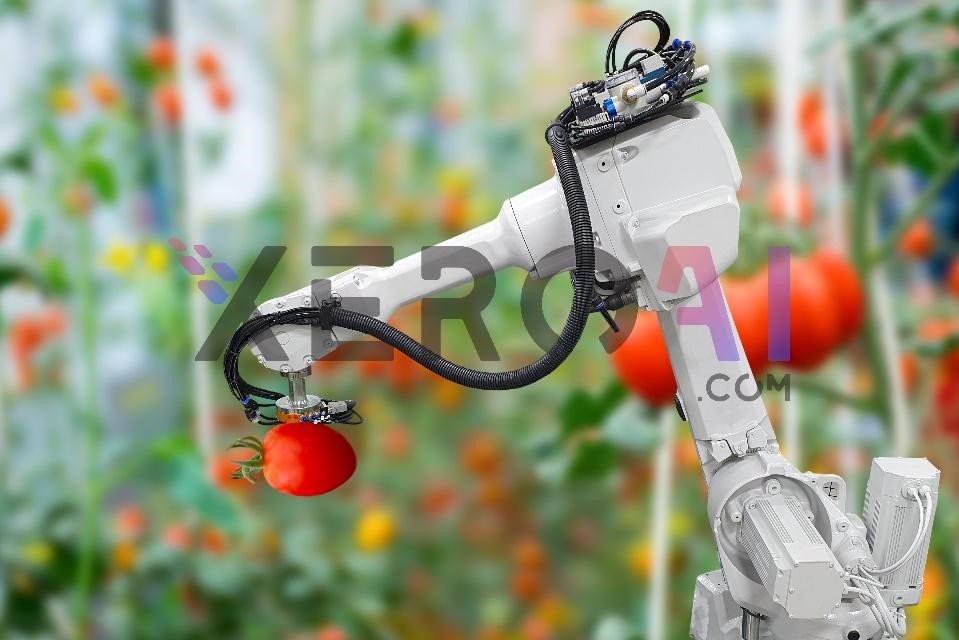
Figure 4: Real-time Fruit Orchard Yield Assessment
Data Collection and Preparation
The first step in developing a deep learning model is to collect and prepare the data. For apple yield estimation, we need images of fruit trees taken from various angles and distances. These images can be collected using drones or handheld devices, ensuring that the images are of high quality and the apples are clearly visible.
Once the images are collected, they need to be annotated. This involves marking the apples in the images and labeling them. There are various tools available for image annotation, such as LabelImg, VGG Image Annotator, and others. After annotation, the images have been separated into sets for training and for validation. The model is trained using the training set, and its effectiveness is assessed using the validation set.
What is YOLOv5?
The most recent model in the YOLO (You Only Look Once) series is the cutting-edge object detection model known as YOLOv5. It is a real-time object detection system that recognizes and detect objects in images and videos. It is faster, more accurate, highly efficient and easier to use than its predecessors. It is also highly customizable, making it suitable for a wide range of applications, including fruit yield estimation.
Training the YOLOv5 Model
The YOLOv5 model must first be trained before using the fruit data. In order to reduce the discrepancy between the model’s predictions and the actual labels, the training images are fed into the model and its parameters are changed. Convolutional neural network (CNN) architecture is used by YOLOv5. The algorithm creates a grid from the input image and forecasts bounding boxes and class probabilities for each grid cell. A loss function is used to train the model, and it is penalized for making false predictions. Training a deep learning model requires a lot of computational resources and can take a long time, especially for large datasets. However, YOLOv5 is designed to be efficient and can be trained on a standard GPU.
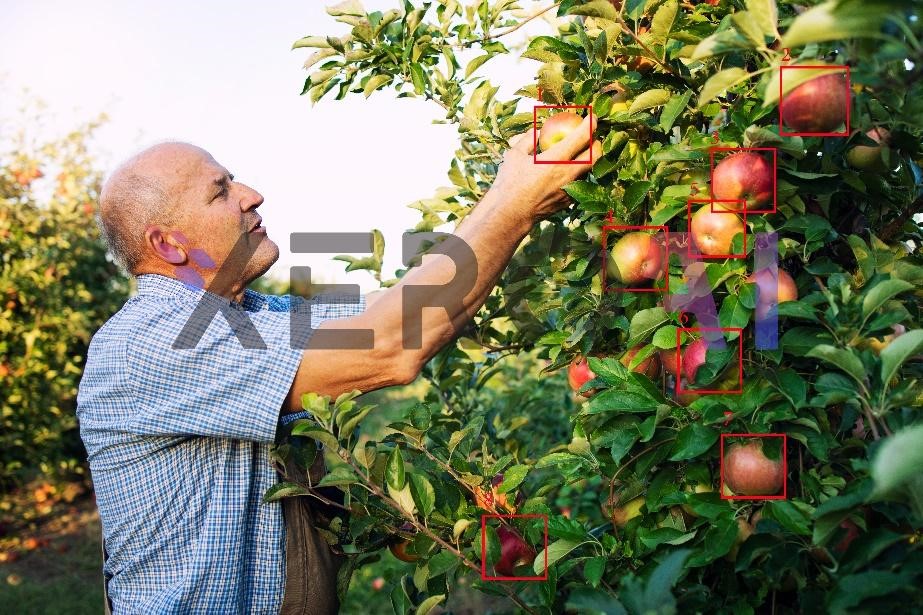
Figure 5: Training of Apples for Assessment withYoloV5 Model
Evaluating the Model
After the model has been trained, the validation set is used to evaluate it. The precision, recall, and F1 score usually serve to assess the model’s performance. These metrics give an indication of how well the model is able to detect and correctly classify the fruits in the images.
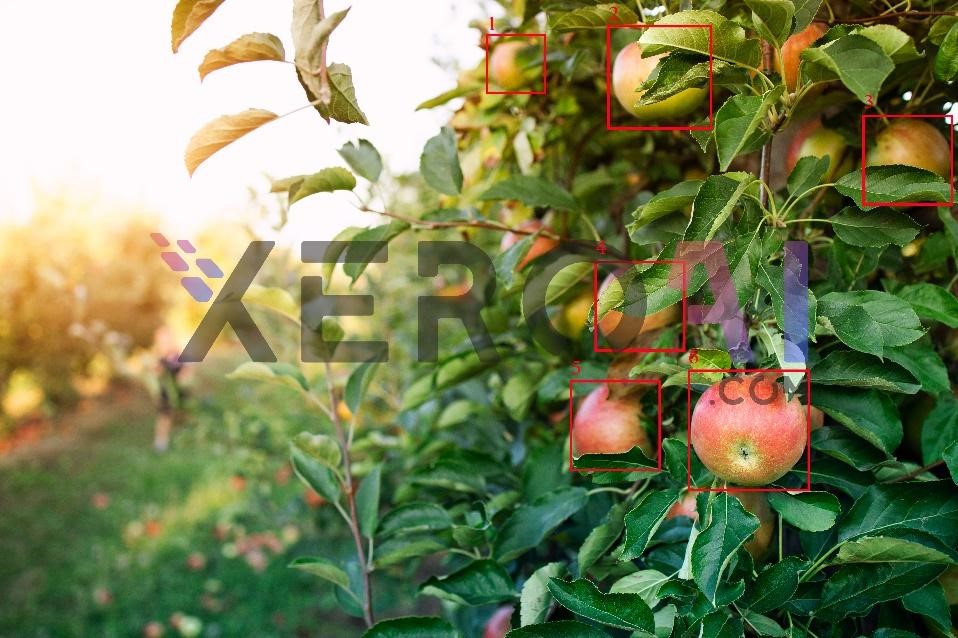
Figure 6: Evaluation of Model for Apple Fruits Assessment
Deploying the Model
The model can be used to estimate fruit production after being trained and assessed. This involves running the model on new images of fruit trees and counting the number of detected fruits. The model can be deployed on a server or on a device, depending on the use case. Deploying a fruit yield estimation model on mobile Android, iOS, and embedded devices with cameras using Flutter technologies requires several steps. Flutter is a popular open-source framework for building natively compiled applications for mobile, web, and desktop from a single codebase. Here’s how you can deploy your fruit yield estimation model:
- Model Optimization
Before deploying your model, you should optimize it for mobile and embedded devices. This optimization typically includes model pruning and quantization to reduce its size and ensure efficient inference. Pruning involves identifying and removing specific model parameters (weights and neurons) that contribute minimally to the model’s overall performance. The goal is to reduce the model’s complexity while preserving its functionality. There is different types of pruning methods such as Magnitude-Based, Structural and Iterative pruning. Similarly, Quantization is the process of reducing the precision of model weights and activations from floating-point numbers ( 32-bit) to lower bit-width representations (8-bit or lower). This reduction in precision significantly reduces the memory and computational. Quantization involves the steps such as weight quantization, activation quantization, dynamic range calibration, quantized inference and quantization-aware training.
- Choose a Deep Learning Framework
Select a deep learning framework compatible with Flutter, such as TensorFlow Lite, to run your optimized model on mobile and embedded devices. Use the TensorFlow Lite Flutter package to load and run your quantized model. You can find this package on pub.dev.
- Integration with Flutter
Create a Flutter app or integrate the fruit yield estimation model into your existing Flutter project. Ensure that your Flutter app is compatible with both Android and iOS platforms. Test it on physical devices and simulators/emulators to verify its functionality. To access the device’s camera, you can use the camera package for Flutter. This package provides easy-to-use APIs for capturing images and video from the camera.
- Preprocessing and Postprocessing
Implement preprocessing and postprocessing logic in your Flutter app. This includes resizing input images, feeding them to the model, and interpreting the model’s output (bounding boxes, class labels, etc.).
- User Interface
Design the user interface of your app to capture images or video from the camera and display the results of fruit yield estimation. You can use Flutter’s widget-based approach to create a user-friendly interface. Set up real-time inference with the camera feed. Process each frame from the camera using the TensorFlow Lite model and display the results in real time.
- Deployment
Once you’ve thoroughly tested your Flutter app and are satisfied with its performance, you can deploy it to the Google Play Store for Android and the Apple App Store for iOS. For embedding the model in devices with cameras, consider using single-board computers like Raspberry Pi, Jet or custom hardware. You’ll need to adapt the Flutter app for these embedded platforms, which may require additional configurations and optimizations.
- Edge AI Acceleration
If you want to further optimize inference speed on embedded devices, you can explore hardware accelerators like NVIDIA Jetson or Google Coral Edge TPU, which are compatible with TensorFlow Lite and can significantly speed up inference.
Remember that deploying a deep learning model on mobile and embedded devices can be resource-intensive, so it’s essential to optimize for both size and speed. Additionally, consider security measures, such as encryption, when handling user data and ensure compliance with relevant privacy regulations.
